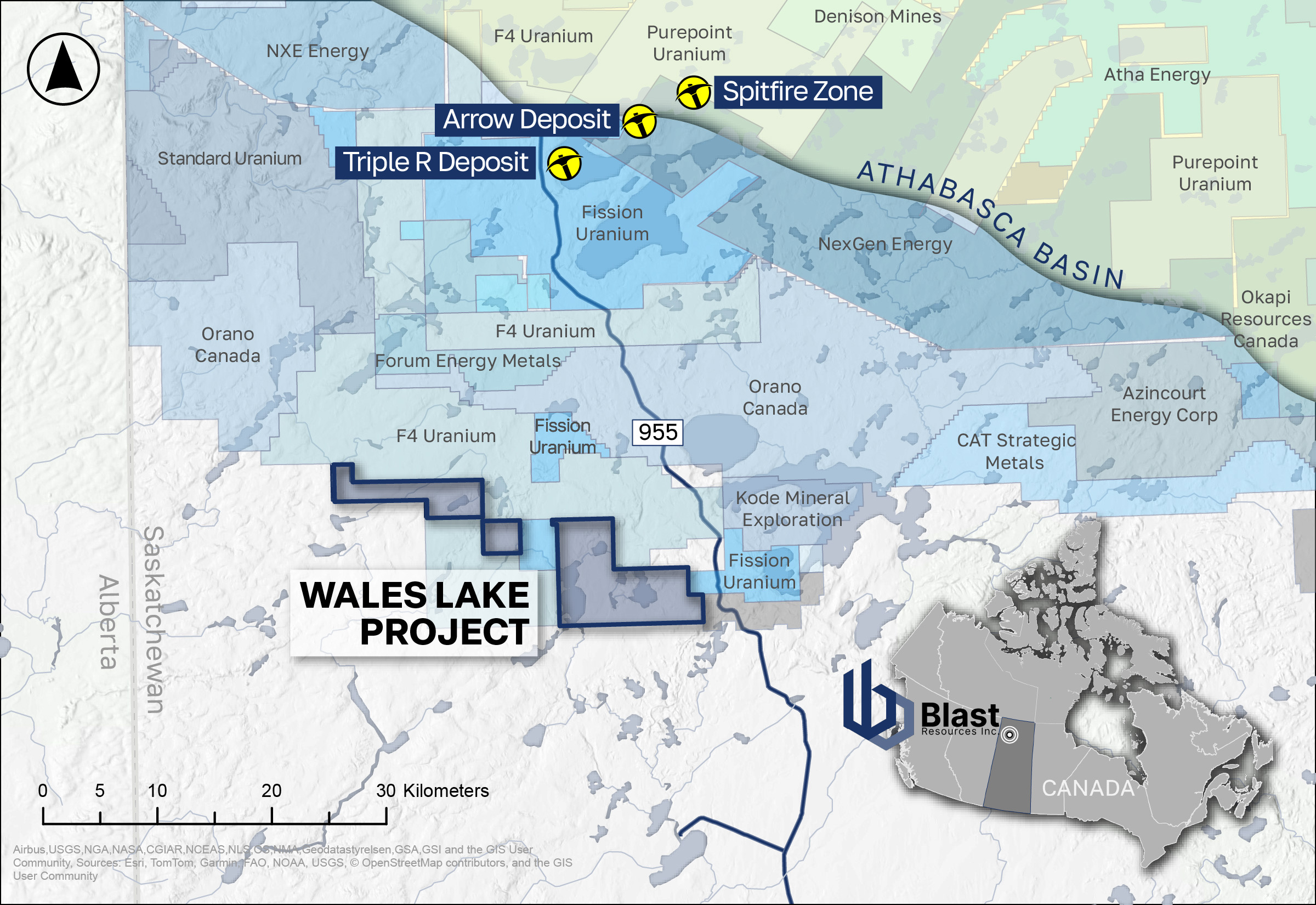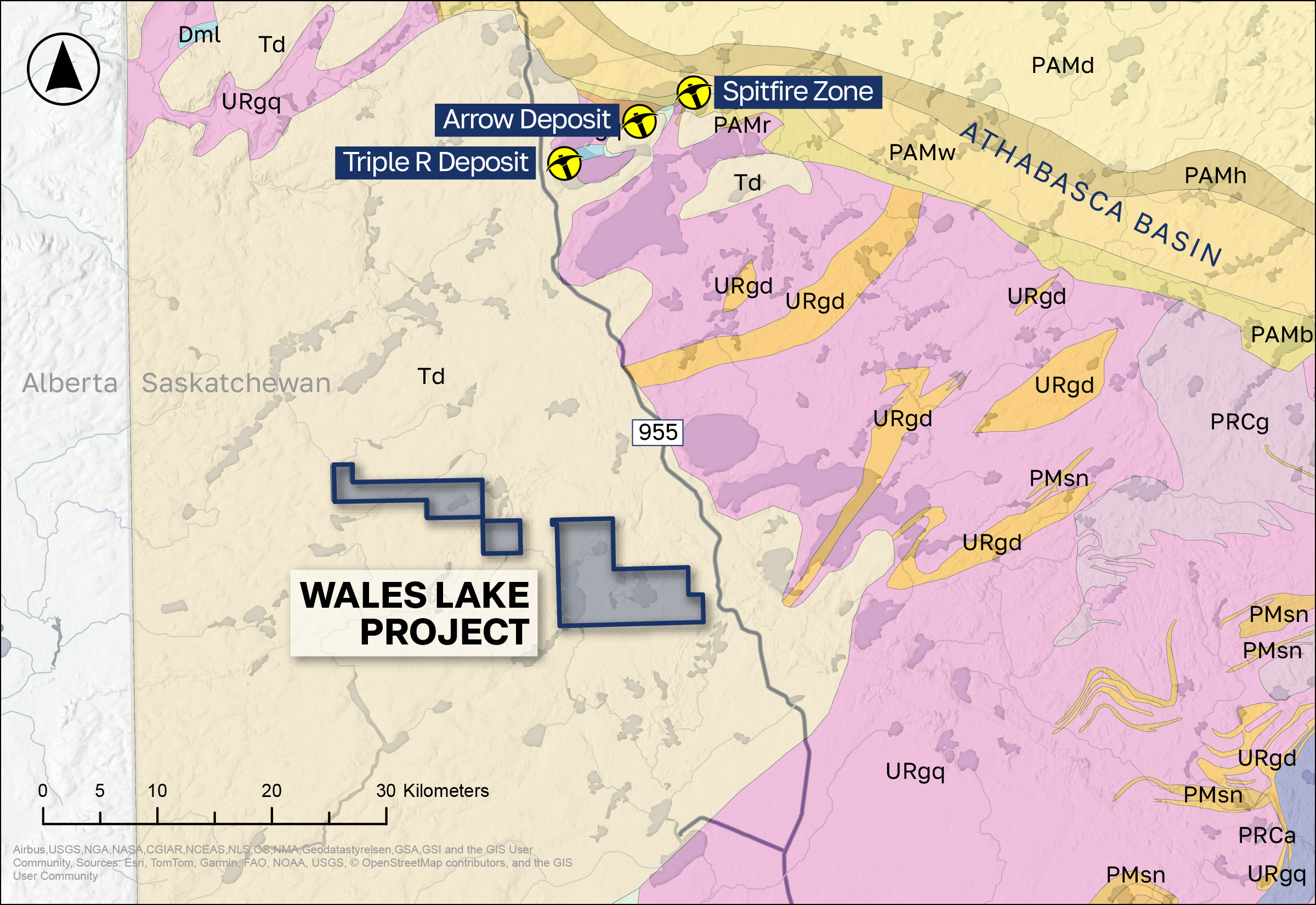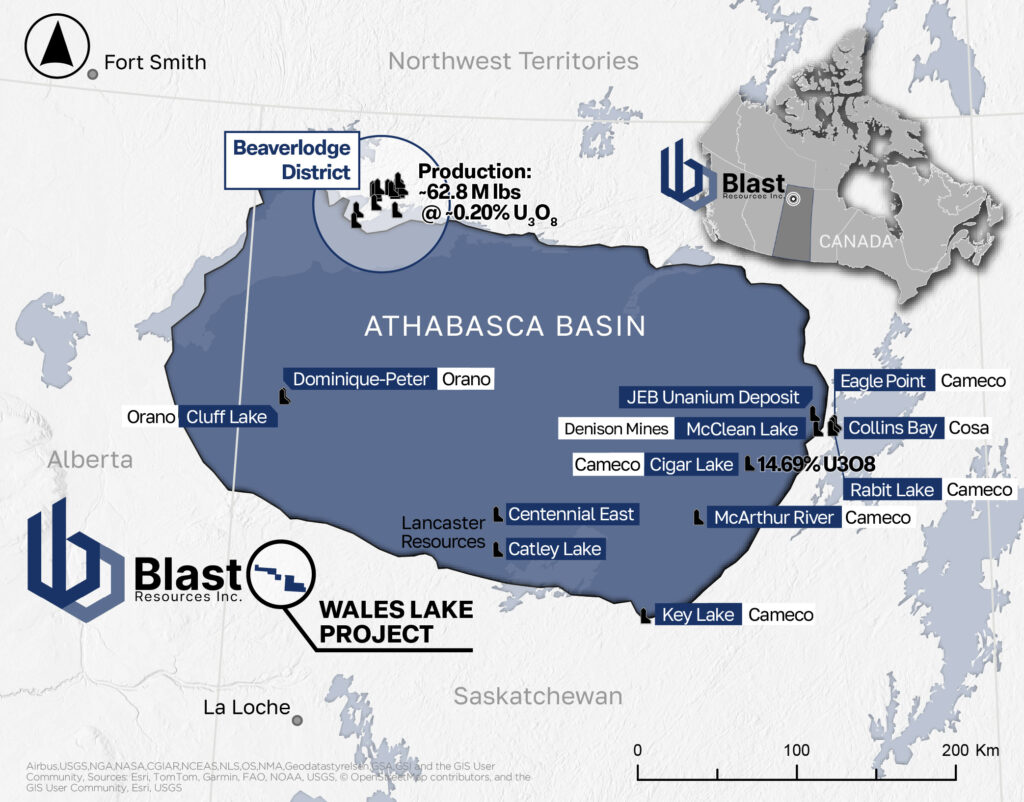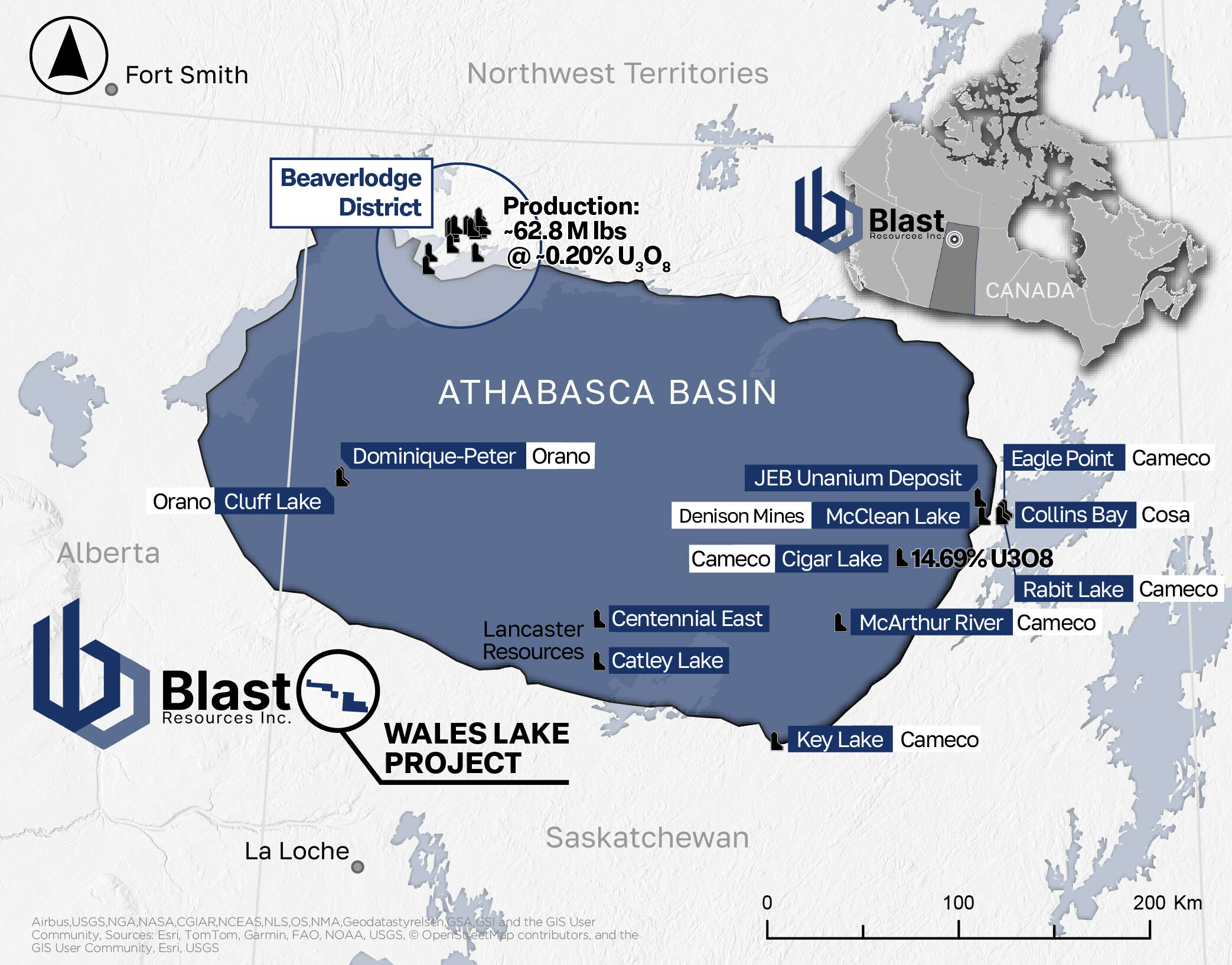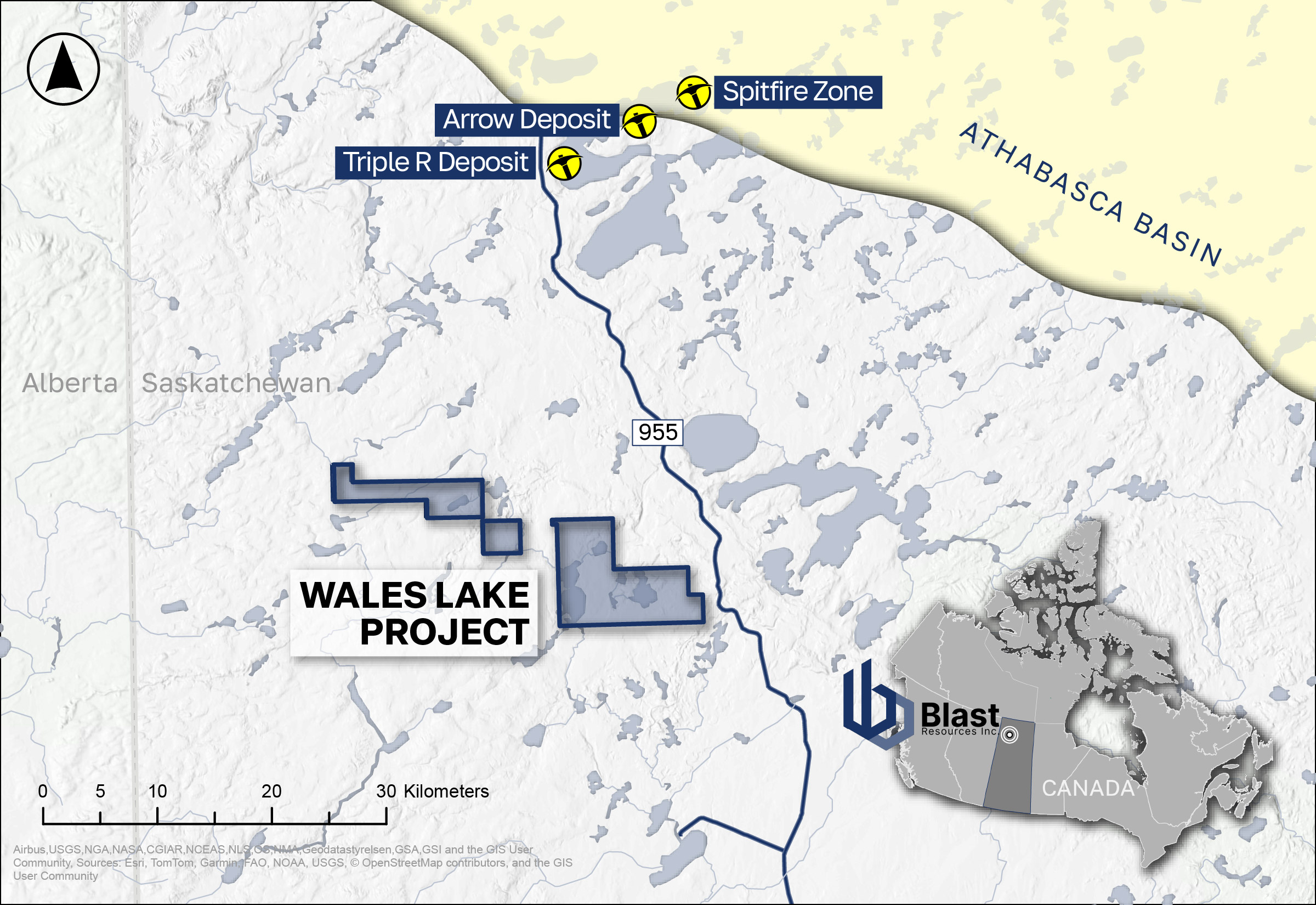Wales lake uranium
Project Overview
The Wales Lake Uranium Project located in the Athabasca Basin Region of the province of Saskatchewan, one of Canada’s premier exploration jurisdictions.
Wales lake uranium
Project Geology
Neighbouring Multiple Deposits
Location and Deposits:
The Patterson Lake corridor (PLc) of the southwest Athabasca region hosts two significant uranium deposits:
Triple R Deposit, Managed by Fission Uranium Corp:
- The indicated uranium resource at Triple R is estimated at 2.2 Mt @ 1.58 U308 and 0.51 g/t Au (Ross, 2015).1
- Largest mineralized trend in the region – currently standing at over 3 km in length.1
Arrow Deposit: Managed by NexGen Energy Ltd.:
- Largest development-stage uranium project in Canada.2
- Largest source of low-cost uranium globally, delivering up to 30 million pounds of high-grade uranium per year.2
These deposits are approximately five kilometers apart.
Neighbouring Multiple Deposits
Resource Estimate:
- Indicated Mineral Resources: Combined, the two deposits contain over 260 million pounds (M lb) of U₃O₈ with a grade exceeding 3.5%.
- Inferred Mineral Resources: An additional 149 M lb of U₃O₈ with a grade of approximately 1.3%.
- The deposits represent one of the largest high-grade uranium systems globally, comparable to world-class deposits such as McArthur River, Cigar Lake, and Key Lake.

Neighbouring Multiple Deposits
Location and Deposits:
The Patterson Lake corridor (PLc) of the southwest Athabasca region hosts two significant uranium deposits:
Triple R Deposit, Managed by Fission Uranium Corp:
- The indicated uranium resource at Triple R is estimated at 2.2 Mt @ 1.58 U308 and 0.51 g/t Au (Ross, 2015).1
- Largest mineralized trend in the region – currently standing at over 3 km in length.1
Arrow Deposit: Managed by NexGen Energy Ltd.:
- Largest development-stage uranium project in Canada.2
- Largest source of low-cost uranium globally, delivering up to 30 million pounds of high-grade uranium per year.2
These deposits are approximately five kilometers apart.

Neighbouring Multiple Deposits
Resource Estimate:
- Indicated Mineral Resources: Combined, the two deposits contain over 260 million pounds (M lb) of U₃O₈ with a grade exceeding 3.5%.
- Inferred Mineral Resources: An additional 149 M lb of U₃O₈ with a grade of approximately 1.3%.
- The deposits represent one of the largest high-grade uranium systems globally, comparable to world-class deposits such as McArthur River, Cigar Lake, and Key Lake.
Wales lake uranium
Mineralization and Exploration
Mineralization Characteristics:
- The PLc hosts one of the largest high-grade uranium systems in the world.
- The PLc differs from eastern Athabasca deposits due to the absence of mineralization at the basal unconformity of the Athabasca Supergroup.
- Instead, mineralization occurs in deeply rooted basement faults extending tens to hundreds of meters below the unconformity.
Exploration and Development
- The deposits are being actively explored and delineated by junior exploration companies, utilizing advanced techniques to define the extent and grade of the mineral resources.
Strategic Location
- Positioned on the western side of the Athabasca Basin, the PLc provides a unique contrast to eastern deposits, showcasing diverse geological settings and mineralization styles critical for understanding uranium systems in the region.
Mineralization Forms – Uranium mineralization is found in both:
- Veins
- Chemical Replacements of the host rocks (Roscoe Postle Associates Inc., 2017).
National Instrument 43-101 Disclosure
The scientific and technical information related to the Wales Lake Uranium Project contained in this website was prepared and approved by Locke Goldsmith, M.Sc., P.Eng., P. Geo., a Qualified Person as defined by National Instrument 43-101 –Standards of Disclosure for Mineral Projects. No mineral resources have been estimated at the Wales Lake Uranium Project and there is no assurance that further work will result in a mineral resource classification. Mineral resources are not mineral reserves and do not have demonstrated economic viability. Nearby projects, deposits, or mines referenced in this presentation provide geologic context for the Company’s project, but such nearby occurrences are not necessarily indicative that the Company’s project hosts similar potential, size or grades of mineralization.
